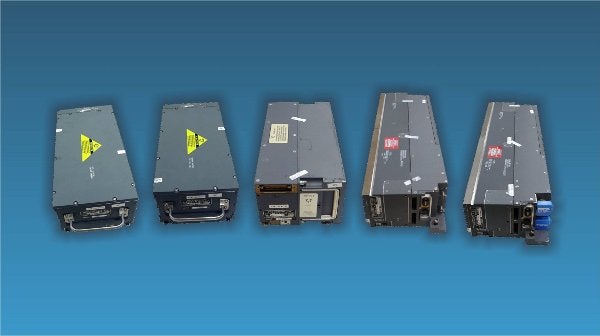

The US Navy has awarded a full-rate production contract to ITT Exelis to provide AN/ALQ-214 (v)4/5 on-board jammer systems for installation on US Navy F/A-18E/F Super Hornet aircraft.
Under the $238m contract ITT will deliver 104 AN/ALQ-214 (v)4/5 systems, which are smaller and lighter than its predecessor, to integrate aboard F/A-18 C/D Hornet and F/A-18 E/F Super Hornet strike fighter variants.
Exelis Electronic Systems division executive vice president and President Chris Bernhardt said: "Our long partnership with the U.S. Navy program team was essential to adopting a solution that will keep our Navy front-line fighters ahead of the most advanced threats to the F/A-18."
The AN/AQ-214 onboard jammer is an important subsystem of the integrated defensive electronic countermeasures (IDECM) radio frequency countermeasures (RFCM) programme.
The IDEMC RFCM system is a radio frequency (RF) self-protection electronic countermeasures suite that enhances survivability of the naval combat aircraft against RF guided surface-to-air and air-to-air missiles.
Exelis integrated electronic warfare business vice president and general manager Rich Sorelle said: "The RFCM system responds to threats autonomously with a series of measures to protect the aircraft from detection and fired threats."
Deliveries under the contract are scheduled to run through 2016.
The Boeing-built F/A-18 E/F Super Hornet is a multirole aircraft designed for all missions, including day and night strike with precision-guided weapons, fighter escort, close air support, suppression of enemy air defences, maritime strike, reconnaissance, forward air control and tanker missions.
The versatile combat-proven strike fighter cruises at a maximum speed of 1,190mph and is equipped with a suite of integrated and networked systems that provide enhanced interoperability for combatant commander.
Image: ITT-built RF countermeasures protects Navy’s F/A-18 C/D and E/F front line fighter from potential threats. Photo: ITT Exelis.




